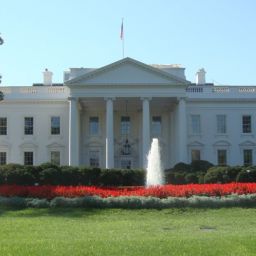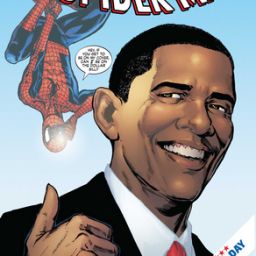So, it’s been awhile, we know, but Learned Fangirl is back from hibernation. TLF was at SXSW Interactive this year and in between all of the panels, parties, networking, meeting old friends and new and trying to run away from drunken street harassers, we’ll be dropping some insights here in the next few days, probably weeks.
Before I get to into discussing the panels and the conference as a whole (and I’ve a lot to say about that), I wanted to use this first post to examine a theme I’ve noticed through the panels I’ve attended thus far.
When I attended last year, some of the attendees (including myself) were very critical of the demographic breakdown of the SXSW panels and panel topics, which like the tech industry as a whole, is pretty heavy on white males between the ages of 25-40. There was a very public call to improve the diversity of these panels when the call for presenters went up for SXSW last year.
To the organizers’ credit, the SXSW Panel Picker went a long way in attempting to create more a more diverse experience in terms of panel speakers and topics, which was good to see; topics of race/gender difference seem to spring up even on panels that weren’t focused on those issues.
[youtube=http://www.youtube.com/watch?v=kl0VANhnvxk]
danah boyd‘s keynote talk on online privacy vs. publicity sparked a lot of discussion and thought for me. Some of you may remember boyd’s research on race/class and social networks. and her implication that MySpace is not a dead social network as much as it was perceived to be by the social media thought leaders who no longer spend time there.
This year, boyd brought attention to the black online subculture that exists on Twitter. Later, during his session “How to be Black Online,” comic Baratunde Thurston elaborated on the online user behavior of African-Americans, addressing the differences in technology use and social media conversation from general (i.e. white) online users. It’s great insight that unfortunately still doesn’t seem to stick with some social media experts who still cling to the old “digital native/digital immigrant” argument.
Talk of social media user and age is overstated at this point (yes, the median age of a Facebook user is 44, we know) while race and class stratification of the online world is still the elephant in the room at conferences like SXSW and elsewhere. I’ve noticed many of the “people of difference” are engaging in digital grassroots activism and DIY/entrepreneurial efforts but not necessarily represented widely as industry leaders.
While the digital divide is arguably not as wide as it used to be (and I am not completely convinced of that) race and even more importantly, class, is mostly an afterthought in conversations about social media and the web. For all the data available on online user behavior, and all the talk about social media audience segmentation, online audiences are still primarily viewed as monolithic; the subject of race and class differences still seem to be a revelation for digital industry experts. That’s a real shame when you consider the opportunities being missed by the industry as a whole.
The encouraging thing about SXSW 2010, however is that there was at least the beginning of some kind of dialogue started about these issues and that there was room for it. Still we’re outliers; there’s not enough race/gender/class diversity at the table, either at conferences like SXSW or the industry as a whole for the conversation to take place outside of just a off-shoot panel or two. The conversation needs to become practice in order to lead to any structural change in the way digital experts view user behavior in the online space.
Ah well, maybe next year.





[…] 3: Bridging Divides Posted on 22 March 2010 by Raizel I appreciate that you started your first Learned Fangirl post about SXSW writing about increased […]